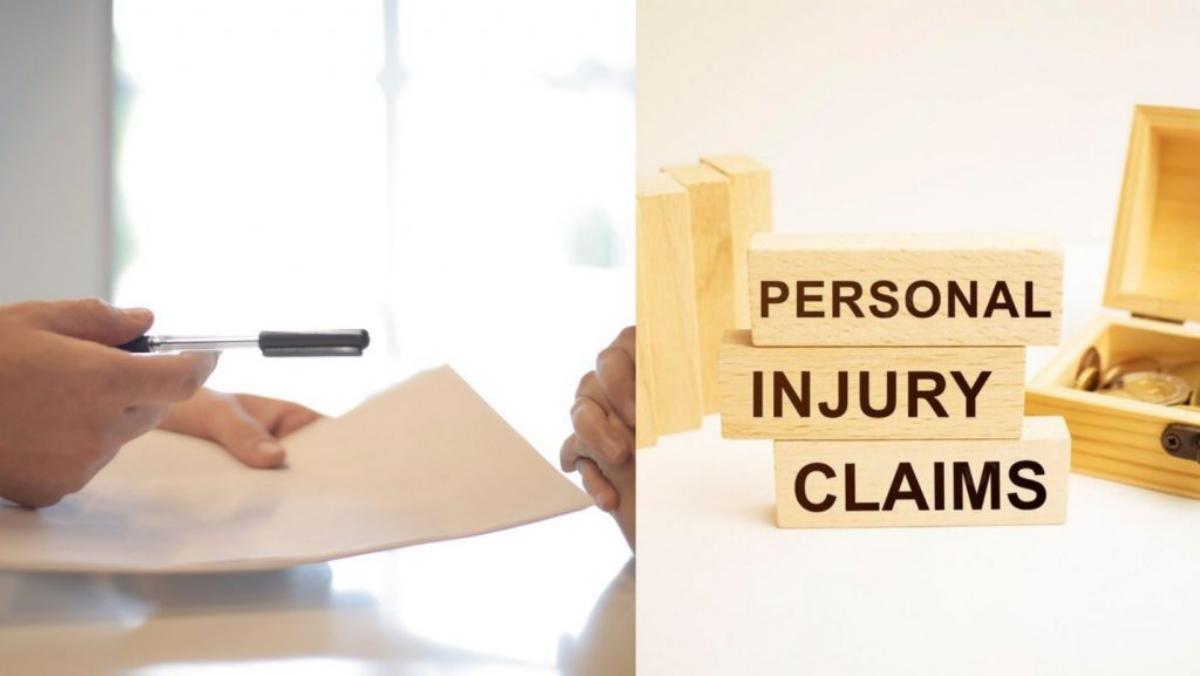Personal injury cases are rarely straightforward. The path to just compensation is riddled with difficulties. You may have visible injuries, and the liability of the at-fault party may be clear as day. But you will still have to sweat it out to receive the compensation you deserve.
So, why is that?
Just like how your lawyer is determined to get you the best compensation, the other parties (the legal representative of the at-fault party and the insurance company) have agendas of their own. You need to understand what happens when negotiating with the insurance company or the at-fault party for a just settlement.
This article discusses the settlement negotiation process, what it is, and the complexities involved. Read on to find out more.
What is Settlement Negotiation?
As the name implies, settlement negotiation is a process in law where two parties who are involved in a case discuss the compensation the wronged party is expected to pay. The settlement negotiation stage decides whether the case will go to court or not. Settlement negotiation has the following benefits.
- Saves Money: Court trials are expensive. Expert witness costs, court costs, money spent on travel, time taken off from work, and deposition costs are a few expenses you’ll have to bear if your case goes to court.
- Reduces Stress: Court trials involve aggressive examination and cross-examination. The parties involved will be presented on the witness stand, and their past and character will be questioned and judged. All this can be pretty embarrassing and stressful for the individuals involved, especially the more sensitive ones. A settlement negotiation prevents this.
- Predictability: Court trials have the possibility of swinging either way. The judge and jury may find it hard to believe eyewitnesses. There may be inconsistencies in the statements made. All this increases the probability of the case being decided against you. This can be avoided with an out-of-court settlement.
- Saves Time: Court trials can drag on for years. Out-of-court settlements do not. Even if you receive a favorable outcome, the defendant may file an appeal against the decision. This initiates court proceedings once again.
- Privacy: All details of a personal injury trial are public. This includes all the evidence, witness testimony, and statements made to mock the other party. Settlement negotiations are private, and the parties involved decide what should be shared.
Complexities Involved in Settlement Negotiations
As convenient as settlement negotiations are, the following issues occasionally pop up.
Insurance Coverage
During settlement negotiations, insurance companies may focus on the more minor aspects of the policy’s terms and conditions. This is done in an attempt to reject the compensation or deny the claim. Though insurance companies do resort to such cheap tricks, it must be noted that it will work in your favor as the insurance company is responsible for writing the terms and conditions.
Shifting Blame
This is a common defense strategy executed by the legal representative of the defendant and the insurance company. This is because shared fault influences the compensation amount. Some states even deny compensation to plaintiffs who had a role in the accident.
Seriousness of Injuries
Downplaying the extent of your injuries is a common tactic employed to reduce compensation. The defending parties may claim that your injuries aren’t serious enough or that you already had a medical condition. This is why it is important to carefully document all injuries and the money spent on treating them.
Steps Involved in Settlement Negotiation
Settlement negotiations are a step-by-step process. It involves one party making an offer, the other party rejecting it, making a counteroffer, and so on. It helps to know how much you’re willing to settle for before heading into negotiations. The following are the different steps in a settlement negotiation process.
Step 1: You draft a demand letter containing the amount you expect and share it with the defendant.
Step 2: The defendant’s party rejects the claim and questions you about the seriousness of the injuries and your involvement in the accident.
Step 3: You send a detailed response to the questions.
Step 4: Your initial offer is rejected. You receive a lower counteroffer.
Step 5: You reject the counteroffer and make a new offer that is slightly less than the initially requested amount.
Step 6: The defendant’s party rejects your offer and makes another offer that is higher than their previous one.
Step 7: You either accept the offer or reject it and make a new counteroffer.
The last step is repeated until the two parties reach an agreement.
Conclusion
Settlement negotiation is an easy and convenient method of dispute resolution, for both plaintiffs and defendants. It favors parties who want quick yet reasonable compensation for the losses they have suffered.
It’d be a wise idea to hire an experienced personal injury lawyer, considering how complicated settlement negotiations are. Your lawyer will handle all the arguing and make sure you receive just compensation.
